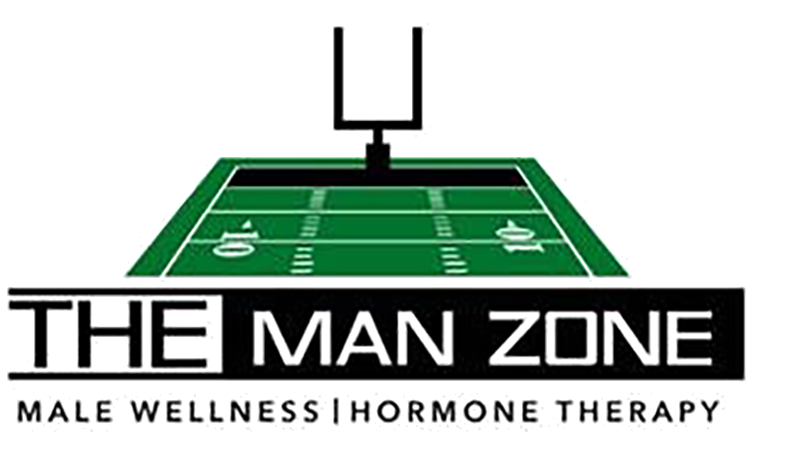Facelift
Q: Where are the incisions made for a facelift?
A: Incisions are made either behind the hairline, in natural skin creases, or behind the ears. In most cases, after the initial period of healing, these incisions become very difficult to see, even for a trained eye.
Q: Will I still look like myself after a facelift?
A: Yes. The goal in facelift surgery is not to make you look like someone else, but to make you look like yourself-at a younger age. Dr. David avoids creating a “pulled” or “windblown” look.
Q: What will my friends and family say or think?
A: After the healing process, your face should look rejuvenated, and not have an “operated” look. Family and friends quite likely will notice something has changed, but they may not realize you had surgery at first. Some common comments our patients hear are: “You look so refreshed, did you go on vacation?” or “Did you get your hair done?” While your appearance most certainly will have improved, at times dramatically, our techniques are designed to not leave obvious signs.
Q: How long before I can go back to work/ go out in public?
A: Swelling and bruising are normal after any surgery, and occur to varying extents in different patients. In most cases, any significant swelling and bruising will have resolved in two weeks, and patients are able to resume their normal social routines.
Nasal Surgery
Q: Will rhinoplasty surgery improve my breathing?
A: In some cases, a deviated septum or enlarged mucous membranes (turbinates) in the nose cause breathing obstruction. These can usually be corrected at the same time as the cosmetic surgery.
Q: Will insurance pay for part of my surgery?
A: If there is nasal breathing obstruction due to a deviated septum, or turbinate enlargement, insurance may pay for that portion of the procedure. Also if an outer deformity of the nose is caused by trauma or fracture and needs to be reconstructed, insurance may become involved.
Eyelid Surgery
Q: How long before I can wear my contact lenses again?
A: Usually within ten days to two weeks you can resume contact lenses, as well as application of makeup around the eyes.
Q: Will insurance pay for my eyelid surgery?
A: In some cases, when the skin sags severely over the upper eyelids and blocks the vision, insurance may become involved.
Q: Where are the incisions made for eyelid surgery?
A: The upper eyelid incision is made in a naturally occurring skin fold. The lower incision can often be made on the inner part of the eyelid, leaving no visible marks. In some cases the lower eyelid incision will be on the outside, and this too will be placed in a natural skin crease.
General
Q: What is the difference between a Facial Plastic Surgeon and a Plastic Surgeon?
A: The title “Facial Plastic Surgeon” generally describes a surgeon who specializes in facial plastic and reconstructive surgery. The title “Plastic Surgeon” generally describes a surgeon who performs the gamut of plastic surgery procedures, from head to toe. A patient seeking breast augmentation would seek out a “Plastic Surgeon” rather than a “Facial Plastic Surgeon.” A patient seeking rhinoplasty or a facelift could seek out either of these types of surgeon.
Q: Why should I choose a Facial Plastic Surgeon?
A: When you choose a board certified Facial Plastic Surgeon, you are choosing double-board certified surgeon who is highly specialized and focuses his practice on the complex field of Facial Plastic Surgery. You are choosing a specialist in Facial Plastic Surgery.


